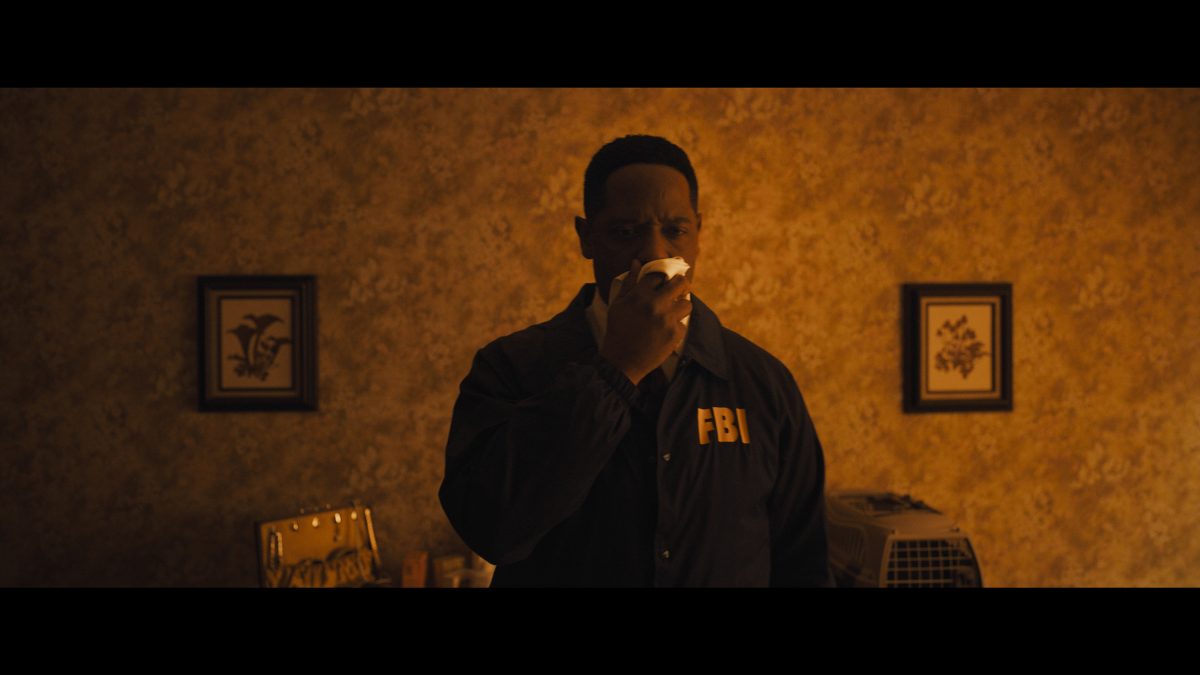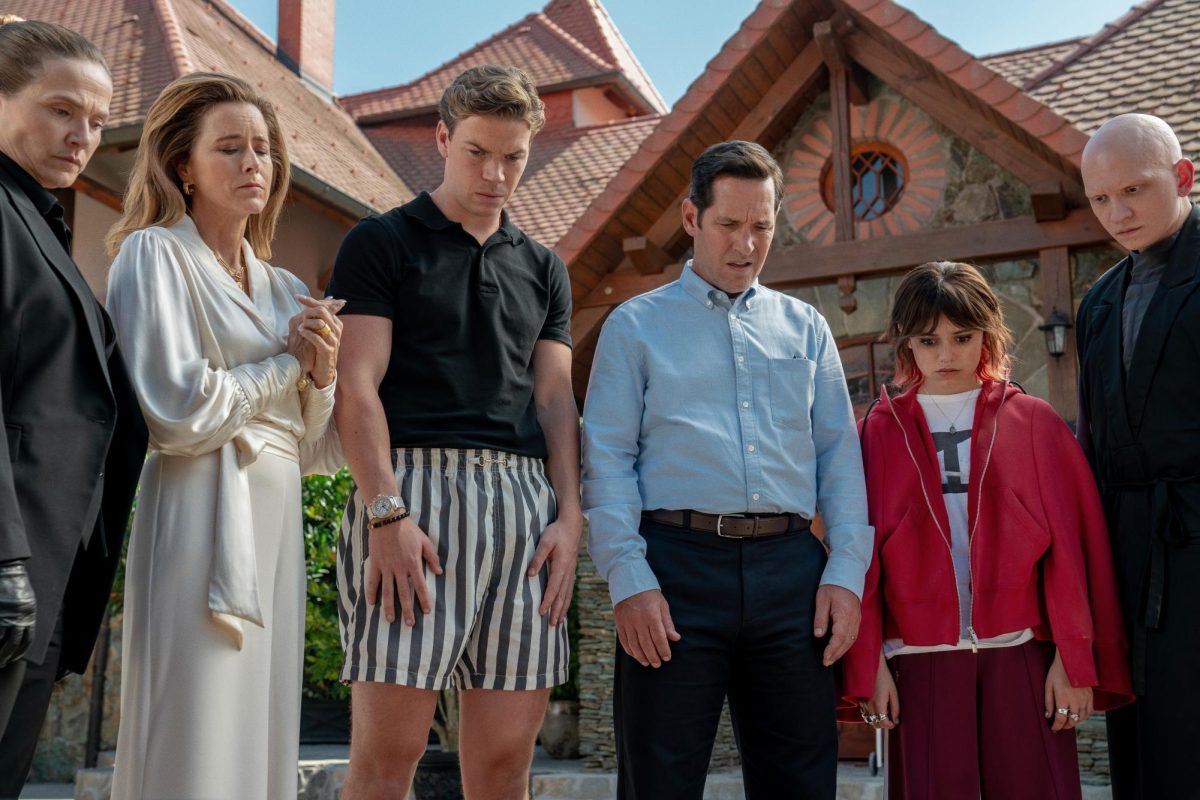There is an argument to be made that the “scariest movie in decades” label that many horror films receive during their marketing campaign does more harm than good. When it comes to Osgood Perkins’ latest horror-thriller “Longlegs,” the marketing has been a critical point of discourse around this film.
Neon, the film’s production company, started advertising “Longlegs” in January with a few cryptic 30-second teasers that showcased the uncomfortable feeling that makes up most of the film. Over the next few months, Neon continued its polarizing advertisements, generating hype for this new horror film.
Nicolas Cage plays the serial killer Longlegs, but the advertising strategically avoids showing him, leading to speculation about what tricks Perkins will play upon Cage’s first appearance. In another advertisement for the film, actress Maika Monroe’s heart rate jumped up to 170 bpm the first time she saw Cage in his Longlegs getup. All of this eventually led to “Longlegs” being labeled as the scariest film in decades and the best serial-killer film since “Silence of the Lambs.” This inevitably leads to an unfair debate about the effectiveness of this indie horror film and its relation to one of the most essential Best Picture winners of all time.
Is “Longlegs” the next “Silence of the Lambs?” No, it is not; the film is a victim of its own hype. That being said, “Longlegs” still has a lot going for it.
The film follows the story of FBI Agent Lee Harker, a quiet and introverted figure who taps into the same energy as Jodie Foster in “Silence of the Lambs.” Harker has been working day-in and day-out to catch the mysterious serial killer, Longlegs.
The first half of this thriller works well at building tension through the use of camera movement and editing. We follow Harker as she works to solve this troubling puzzle, where it seems like danger could be around any corner. Though the film sets up many promising plot points, the second half of this film is where the audience’s expectations begin to fall through.
The film delves into the mythology and workings of Longlegs, and it is here that the story starts to drift away from an unnerving true-crime thriller to a more traditional occult horror. Regardless of whether this tonal shift works, the filmmaking and storytelling simply become a bit lazier in the second half, with exposition dumps that go on for a bit too long.
Not helping to aid this second-act shift, Longlegs is an uncanny character who looks doll-like with his botched plastic surgery and white wig. Cage’s performance is extremely over-the-top and viewers may vary on whether or not this performance works, as it often teeters on being comedic. Regardless, it is hard to keep your eyes off Cage and not appreciate how much he commits to this bizarre performance.
Maika Monroe’s performance as Harker is what truly carries the film. Monroe might best be remembered for her leading performance in “It Follows” a decade ago, but the performance given here might be her best yet. For most of the film, she gives a stoic and collected performance that breathes life into Lee Harker. Harker and Cage do a great job giving performances that are near opposites of each other, creating an interesting dynamic between the protagonist and antagonist.
Even though the solution to the mystery behind this film might be obvious once it’s revealed, the tension in the film still remains high. While many story aspects of “Longlegs” might remind viewers of arguably better films, Perkins’ impressive filmmaking style and sense of dread are worth marveling at.





















